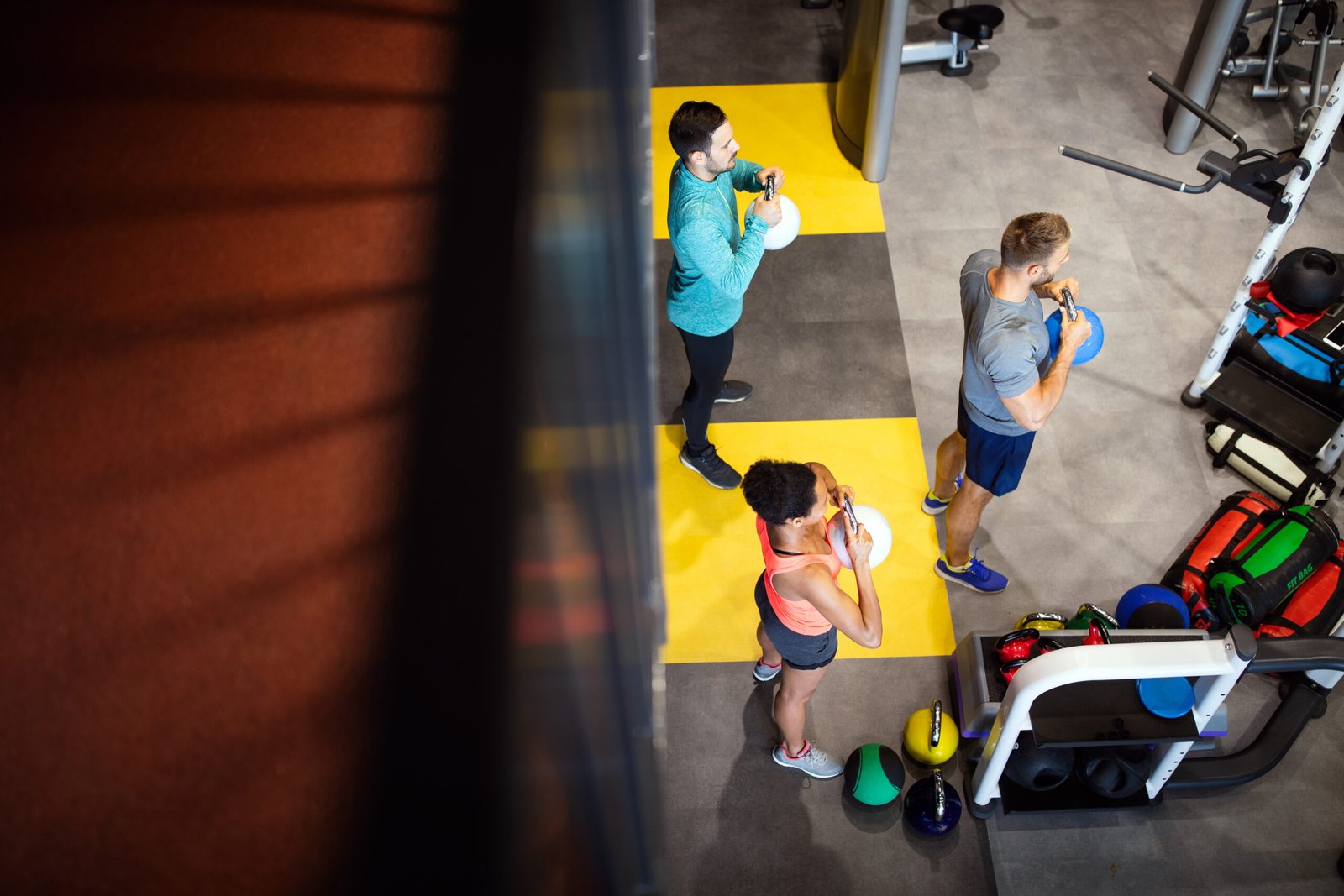Introduction
If you’re aiming to reach your fitness goals, creating a personal training plan is an essential step toward success. A well-designed plan can enhance your athletic performance, boost your fitness level, and deliver noticeable results within a short time. In this guide, we’ll outline how to create a training plan tailored to your needs and goals.
Following a personal training plan can help keep you motivated and committed. Whether you’re a beginner or a professional athlete, this article will help you understand how to design a customized training program to achieve your desired results.
1. Understanding Your Goals for a Personal Training Plan
Importance of Setting Goals
Setting goals is the first and most crucial step in creating a personal training plan. Goals provide direction and motivation throughout your training. These can vary greatly; for example, some people aim to lose weight, while others want to increase strength. Make sure your goals are specific and measurable, allowing you to track progress over time.
Types of Goals
There are different types of goals you can set, and each requires a different approach:
- Strength Goals: For example, lifting heavier weights in certain exercises. An example goal could be “Lift 10 kilograms more by the end of the month.”
- Endurance Goals: Like improving your ability to run a certain distance. An example goal could be “Run 5 kilometers without stopping.”
- Weight Loss Goals: Such as losing a specific amount of weight, like “Lose 5 kilograms in three months.”
- Overall Health Goals: Such as improving energy levels or mental well-being, which can be broader, like “Boost mood through regular exercise.”
Ensure that your goals are SMART—specific, measurable, achievable, relevant, and time-bound. This approach boosts your chances of success.

2. Assessing Your Fitness Level for a Personal Training Plan
Current Fitness Assessment
Before starting a new training plan, assess your current fitness level. This step is vital as it helps you identify your strengths and areas for improvement. Some basic tests include:
- Strength Tests: Such as push-ups or squats. Count how many reps you can complete.
- Endurance Tests: Like running or swimming. Record the time it takes you to cover a certain distance.
- Flexibility Tests: Such as stretches to measure your range of motion.
Importance of Assessment
Assessment helps you understand your current fitness level, allowing you to design an effective training plan. It also provides a reference to track your progress. For example, if endurance is a weak point, you can allocate more time to endurance training.

3. Choosing Types of Personal Training Plans
Strength Training
Strength training helps build muscles and increase strength. It’s fundamental, as it improves daily functionality. Exercises include:
- Weightlifting: Using free weights or machines.
- Bodyweight Exercises: Like squats and push-ups. These exercises are convenient as they don’t require equipment.
Endurance Training
Endurance training boosts stamina, aiding overall health. Exercises include:
- Running: Start at a low speed and gradually increase distance or speed.
- Swimming: A full-body workout that improves endurance.
- Cycling: Whether on a stationary or regular bike, it’s a great endurance builder.
Flexibility Training
Flexibility exercises are essential for maintaining range of motion and preventing injuries, particularly when strength training frequently. Include:
- Stretching: Do dynamic stretching before workouts and static stretching after.
- Yoga: Yoga is an excellent way to enhance flexibility and balance, as well as mental health.

4. Setting Up a Training Schedule
How to Divide Your Days
After selecting the types of exercises, set up a training schedule that includes all exercise types. Distribute days as follows:
- Day 1: Strength training, focusing on weights or bodyweight exercises.
- Day 2: Endurance training, such as running or swimming.
- Day 3: Flexibility training, focusing on stretching and yoga.
- Day 4: Rest. Ensure a rest day after every three training days for recovery.
Importance of Rest
Rest is essential for recovery and muscle growth. Training continuously without sufficient rest may lead to injuries. Make sure to include rest days, or engage in light activities like walking or stretching.

5. Tracking Progress in Your Personal Training Plan
How to Measure Results
Regularly tracking your progress is essential. You can measure results in various ways:
- Exercise Logs: Record the exercises, reps, and weights used. These logs allow you to review progress.
- Weight and Measurement Changes: Measure waist, hip, and arm circumferences to track weight loss.
- Performance Tests: Conduct periodic performance tests, like running a specific distance, to assess progress.

Importance of Adjustments
If results are not as expected, you may need to adjust your plan. Be flexible and ready to change things as needed, whether by increasing weights, varying exercises, or adjusting weekly sessions. Adjustments are key to staying motivated and engaged.
6. Motivation and Consistency
Strategies for Motivation
To maintain motivation, try several strategies:
- Set Small Rewards: Treat yourself after achieving a specific goal. This reward could be as simple as spending time with friends or buying something you want.
- Join a Group or Gym: Exercising with others fosters a team spirit and boosts motivation.
- Share Progress with Friends or Family: Sharing your successes can give you extra support and encouragement.
How to Stay Committed
Commitment is crucial for success. Maintain a consistent routine and remind yourself of your initial goals. Using a calendar to mark training days helps with organization, and practices like meditation or yoga can reinforce commitment and focus.

7. Conclusion: Steps to Achieve Your Personal Goals
In summary, creating a personal training plan is vital for reaching your fitness goals. By setting clear goals, assessing your fitness level, choosing the right exercises, and establishing a training schedule, you can design a plan that meets your needs. Remember the importance of tracking progress and staying motivated to see real results.
Don’t hesitate to start today, and enjoy your journey to achieving your personal goals!
8. FAQs
- How often should I train each week?
- Generally, training 3 to 5 times a week is recommended, depending on your fitness level and goals. Be sure to include rest days.
- Should I only focus on strength training?
- No, your training plan should include all types of exercises: strength, endurance, and flexibility for comprehensive results.
- How can I stay motivated?
- Use strategies like setting rewards, exercising with others, and sharing your progress to keep your motivation high.
- What if I don’t see the expected results?
- Be flexible and re-evaluate your plan. You may need to adjust exercises or increase weights.
- Can I change my routine?
- Yes, it’s essential to change your routine periodically to prevent boredom and increase challenge. Try new exercises or activities for added motivation.

